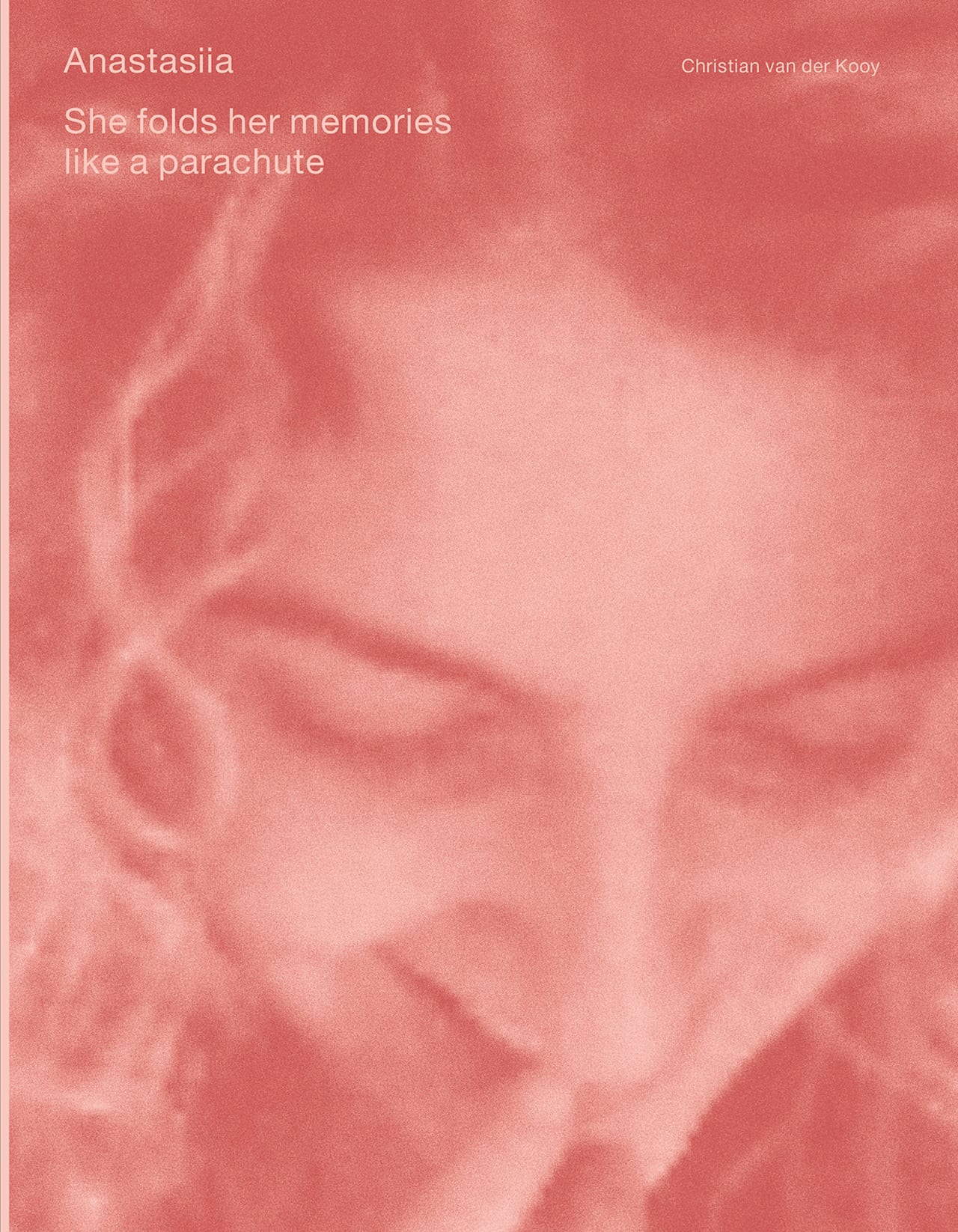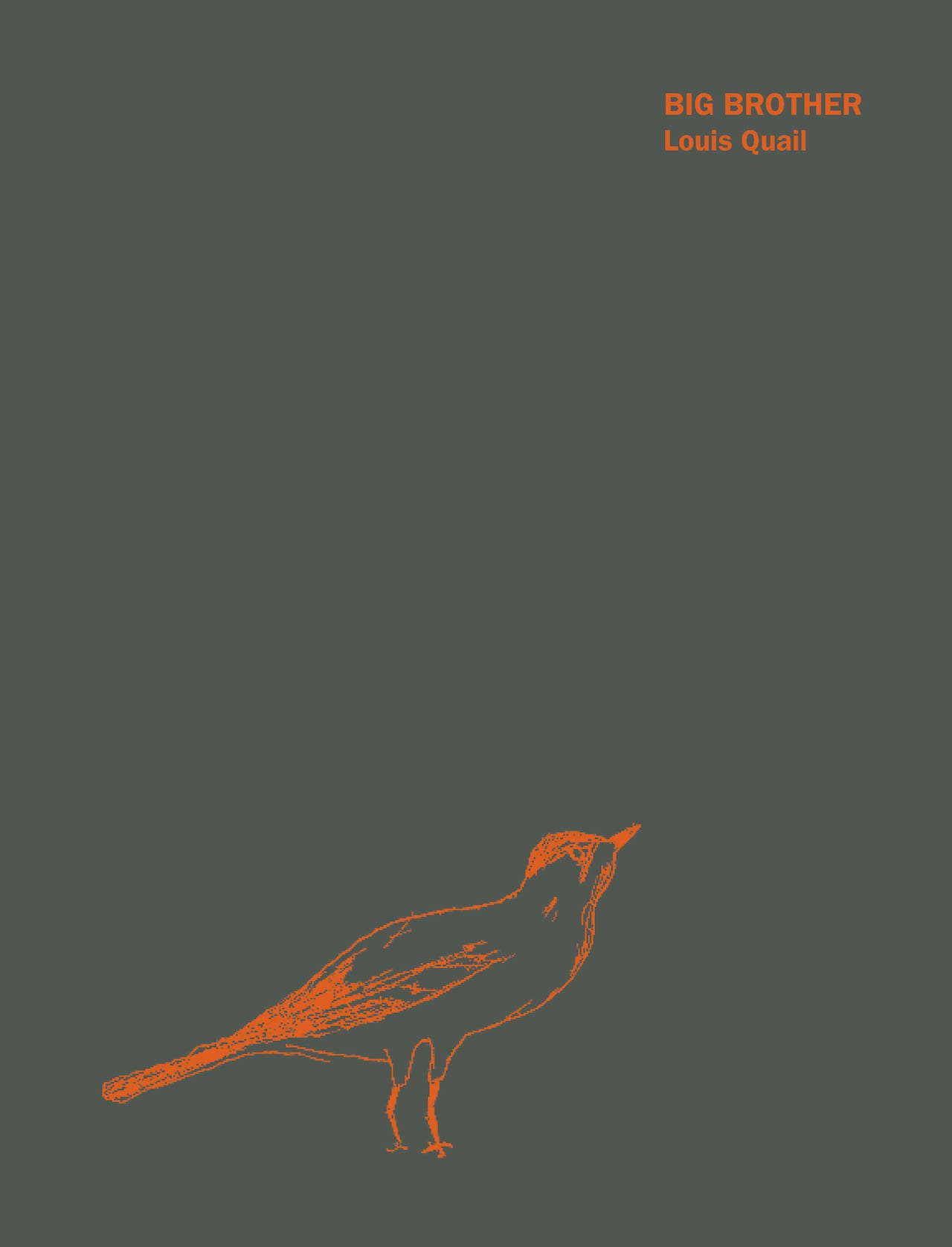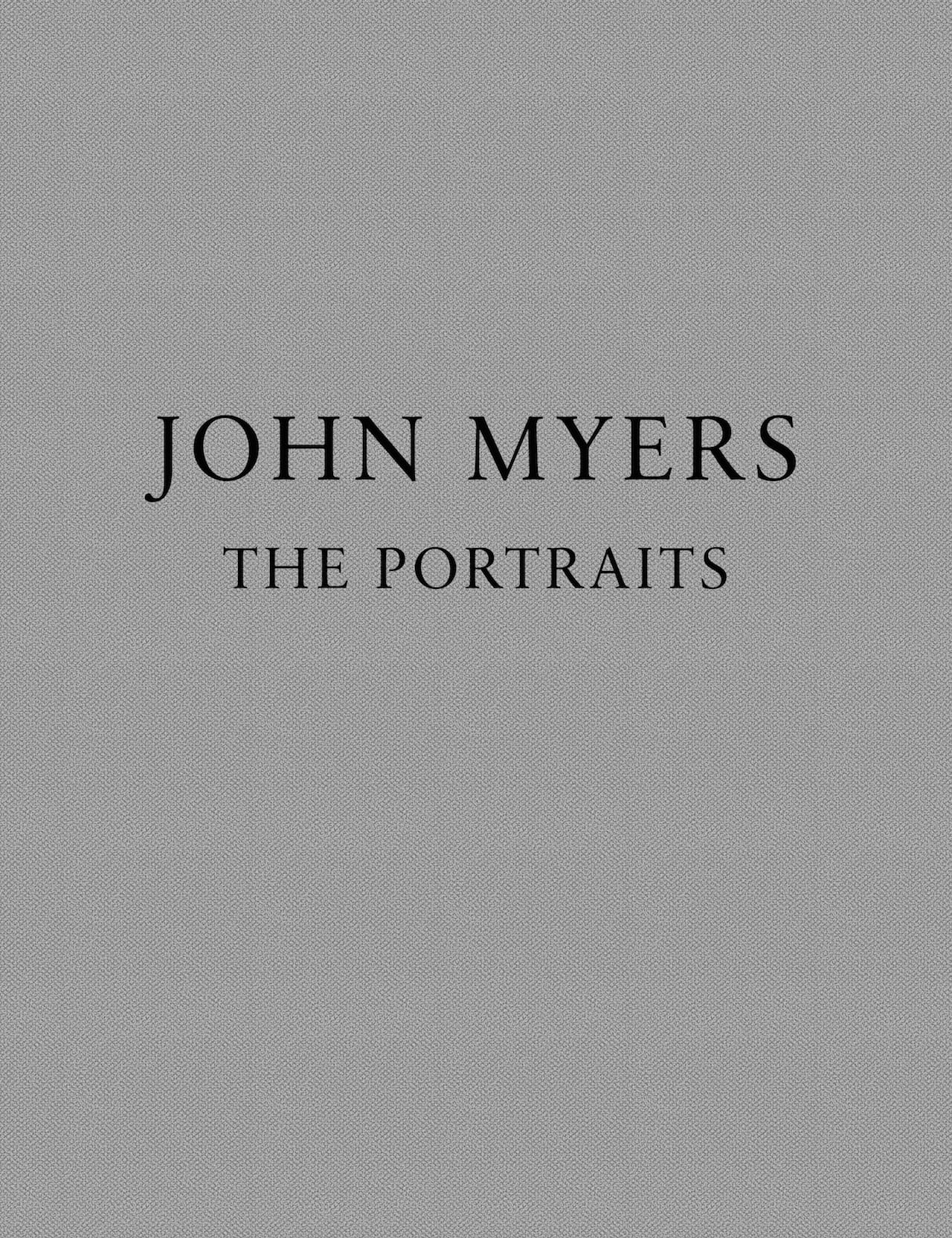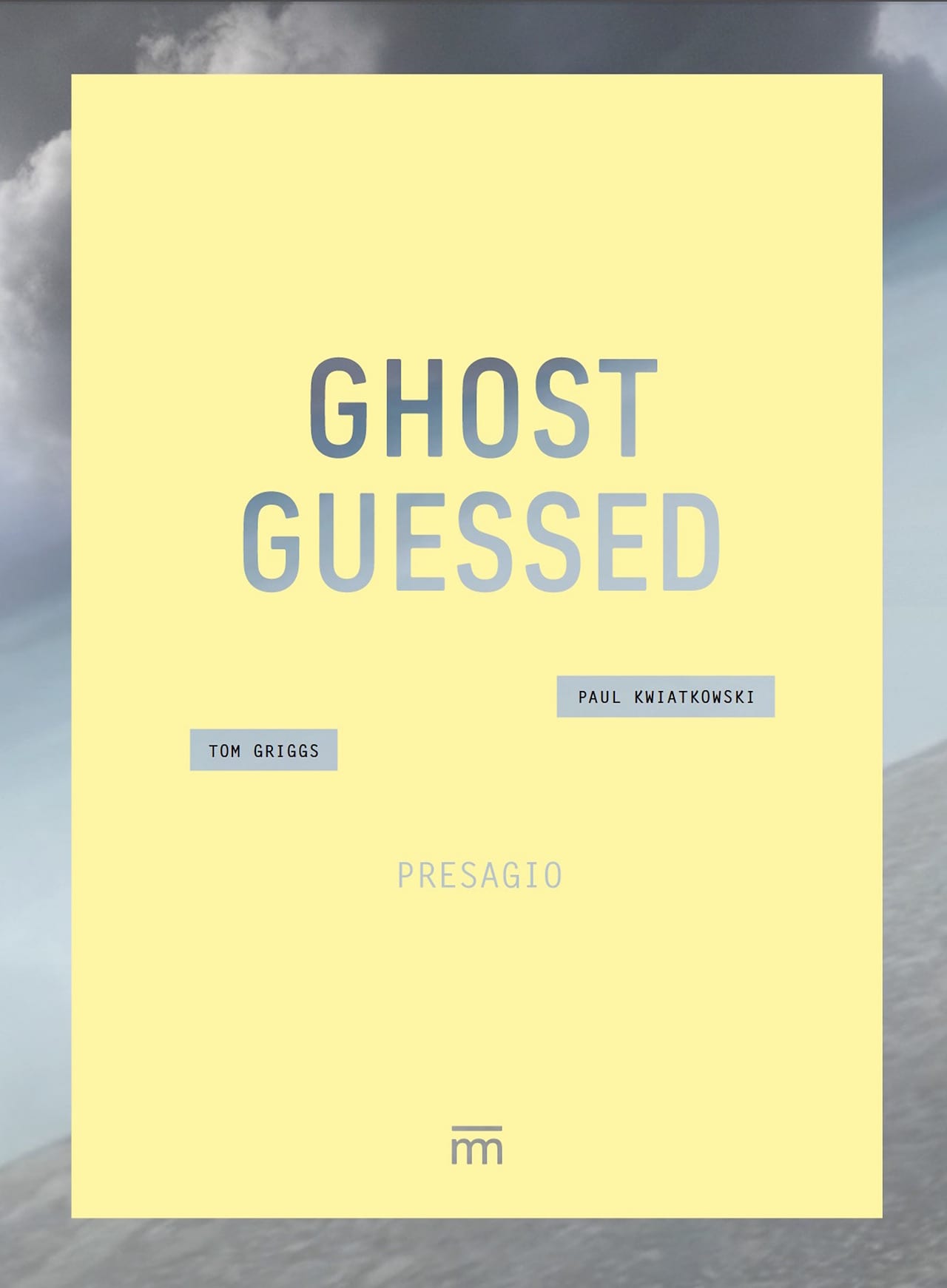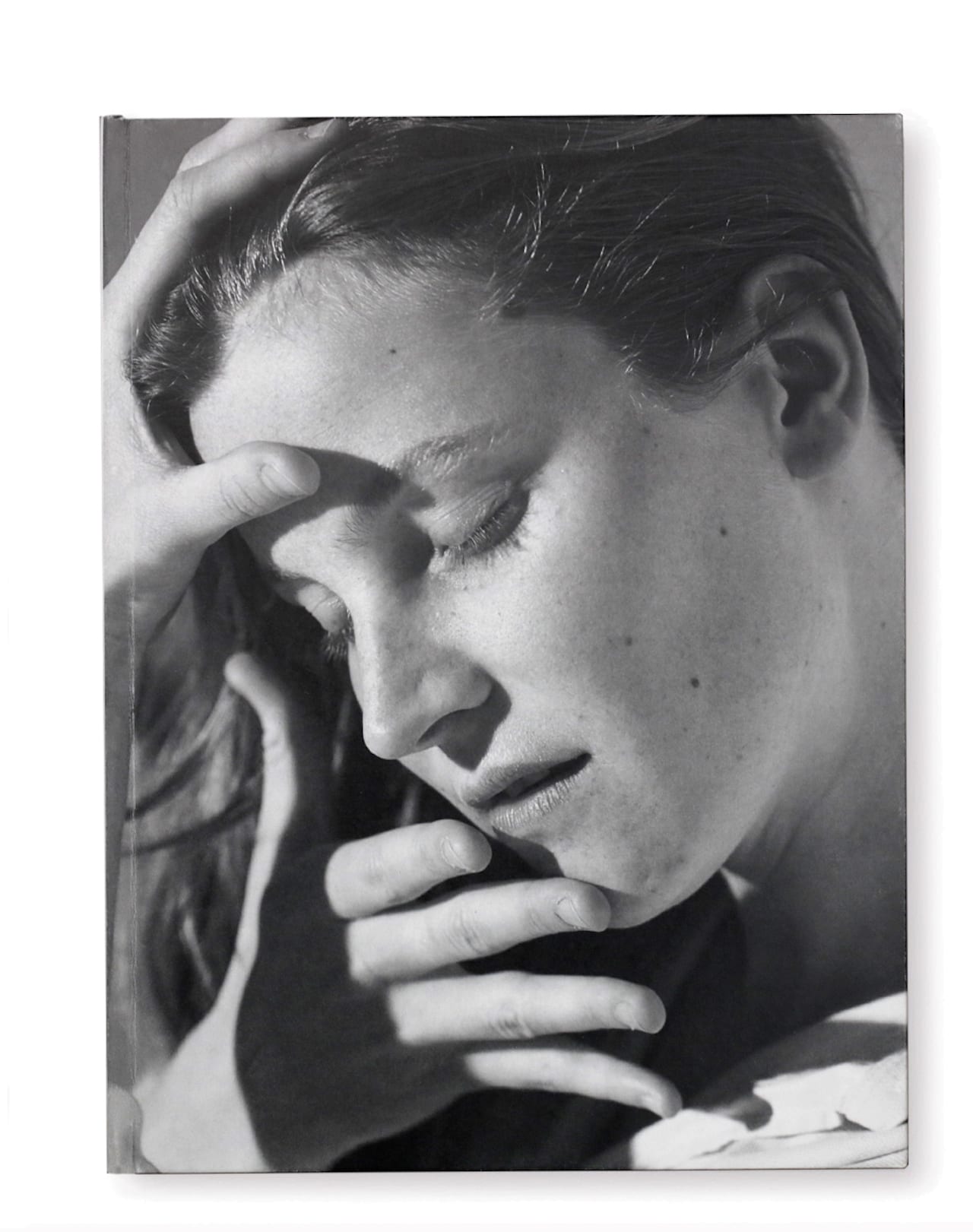Anastasiia by Christian van der Kooy
Published by Eriskay Connection
Nominated by Rob Hornstra, photographer and self-publisher
Dutch photographer Christian van der Kooy has spent over a decade working on a number of projects around eastern Europe. The photographs in his new book are shot over two years in Ukraine, a country subject to fluctuating tensions with neighbouring Russia, particularly prior to and after the annexation of Crimea, while also being a place of continuing uncertainty, socially and politically, since it ceased to be a communist state.
This is observed through the eyes of Anastasiia, and narrated as a love affair with Van der Kooy. The photographer interlaces documentary images of her daily life with screenshots of Skype conversations and text messages. His motivation is neatly described in an introduction by the publisher: “There is an urgent need to capture a visible, understandable cultural identity that listens to the ideas of a younger generation…[Van der Kooy’s] depiction of Ukraine demonstrates the creative way the Ukrainian people deal with the current developments in Kyiv, Odessa and Crimea.”
“The book serves as a subtle counterpart to the hard news that has highlighted Ukraine in the past years, and beautifully balances the intriguing line of reality and fiction,” says Rob Hornstra, who picked the book as his favourite of the year so far. “Jörg Colberg perfectly expressed my feelings towards the book by stating that he was unable to read Anastasiia in one sitting, simply because he didn’t want the experience of spending time with the book to end.”
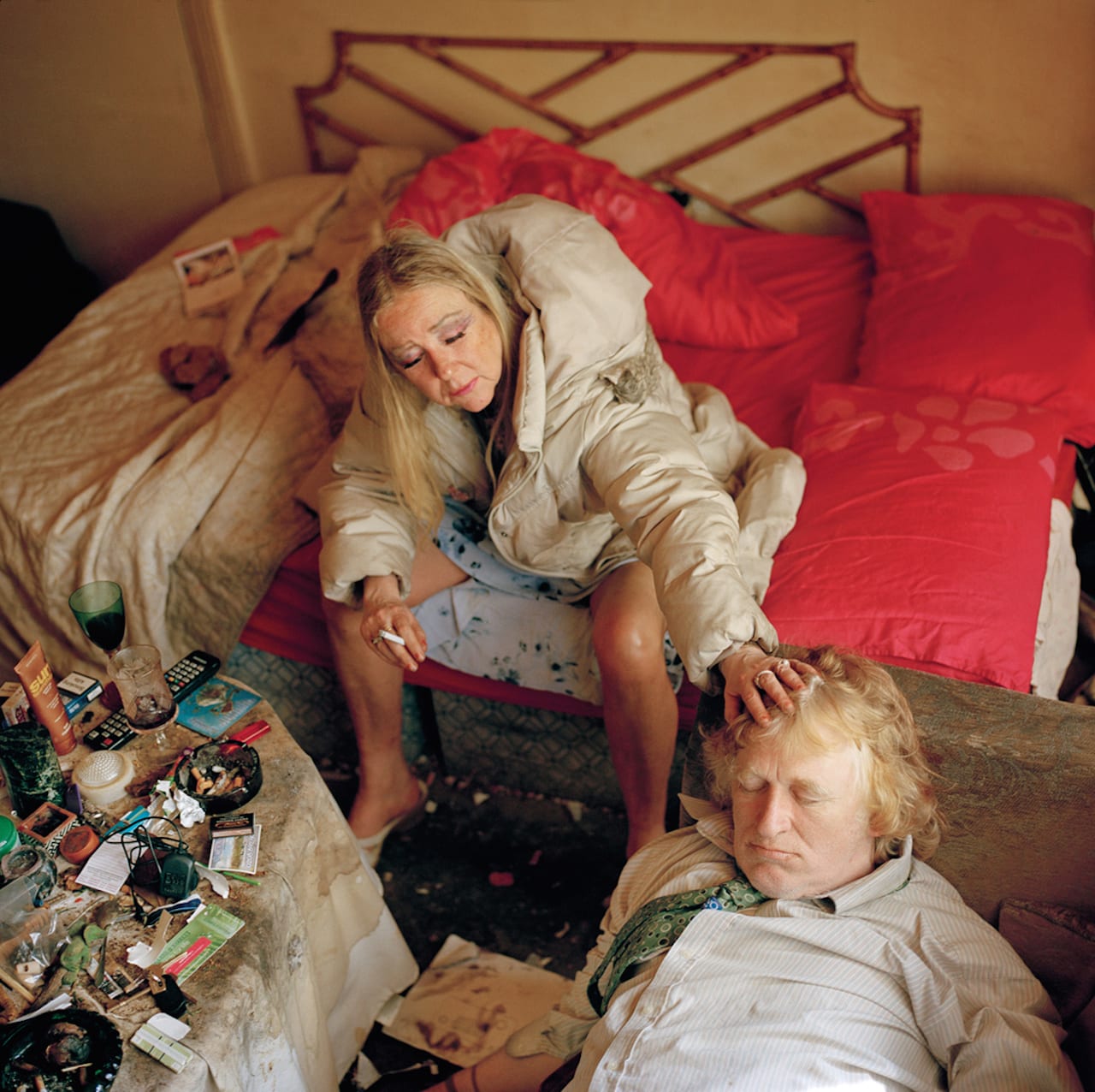
Big Brother by Louis Quail
Published by Dewi Lewis
Nominated by Yumi Goto, curator, editor and researcher
Yumi Goto was first introduced to Louis Quail’s series Big Brother in the form of a book dummy at last year’s Rencontres d’Arles festival, and was immediately moved by the story it told. Published in May by Dewi Lewis, the collection of photographs, inserts of handwritten notes, drawings, and medical and police reports gradually reveal the intimate details of the life of Justin, Quail’s older brother. Piece by piece we learn of his struggles with schizophrenia, but are also shown his relentless determination to lead a normal life. He has been sectioned three times, but he also has a loving girlfriend of 20 years, Jackie. Quail decided to document his brother’s day-to-day life after the death of their mother, who also suffered from the mental health condition.
Now that Quail’s layered and complex story is in its final form, Goto recalls some of the most striking elements: “Toward the end of the book, there is an image of Justin’s self-harmed wrist with a caption: ‘Justin slashed his wrist by forcing it into a broken glass’. On the next page, he exposes his pure emotion with his words, ‘I wanted to see if there was any good inside’. This slash on his wrist seems to be showing the pureness of his mind, and is a sign of his hope.
“Louis kept documenting his brother with his sincere manner and created the book. I believe it is the fruits of the collaboration of the brothers who were in search of something beautiful in respective ways. By gathering their precious findings into this book, it became one of the ones I encounter in my life that shows me something beautiful.”
Read BJP’s interview with Louis Quail:
www.1854.photography/2018/05/project-louis-quails-big-brother

The Portraits by John Myers
Published by RRB Photobooks
Nominated by Mark Power, photographer and lecturer
Published in April by Bristol-based RRB Photobooks, The Portraits is a 176-page collection of images taken in Stourbridge between 1972 and 1979. The subjects are the West Midlands town’s residents and some of Myers’ personal acquaintances – pictured on the streets outside their homes, in their places of work, and even bedrooms. These settings and backgrounds are given a substantial amount of space within the composition of his images, highlighting even more the fashions and interiors styles of that decade. They are caught in a moment doing nothing out of the ordinary, yet Myers charms us with the mundane.
Magnum photographer Mark Power, who nominated the book (deliberating also between Margins of Excess by Max Pinckers and Guts by Masaki Yamamoto) says, “Not only is it full of wonderful pictures but for someone of my generation there’s real nostalgia at play here. Memories of those dreadful 1970s fashions, those interiors and those furniture showrooms come flooding back. I look at the portraits and imagine John standing there with his Gandolfi 5×4 plate camera; what a sense of occasion it must have been to have been photographed in such a way.”
His favourite image is the Sofa Salesman with his “pen poised hopefully over his ledger, sofas hovering precariously on stilts, phone screwed to the wall, bulging wastepaper basket, and, of course, those clashing patterns, even in black- and-white. It always makes me smile.”
Read BJP’s interviews with John Myers:
www.1854.photography/2018/05/myers-portraits
www.1854.photography/2018/05/the-world-is-not-beautiful-john-myers
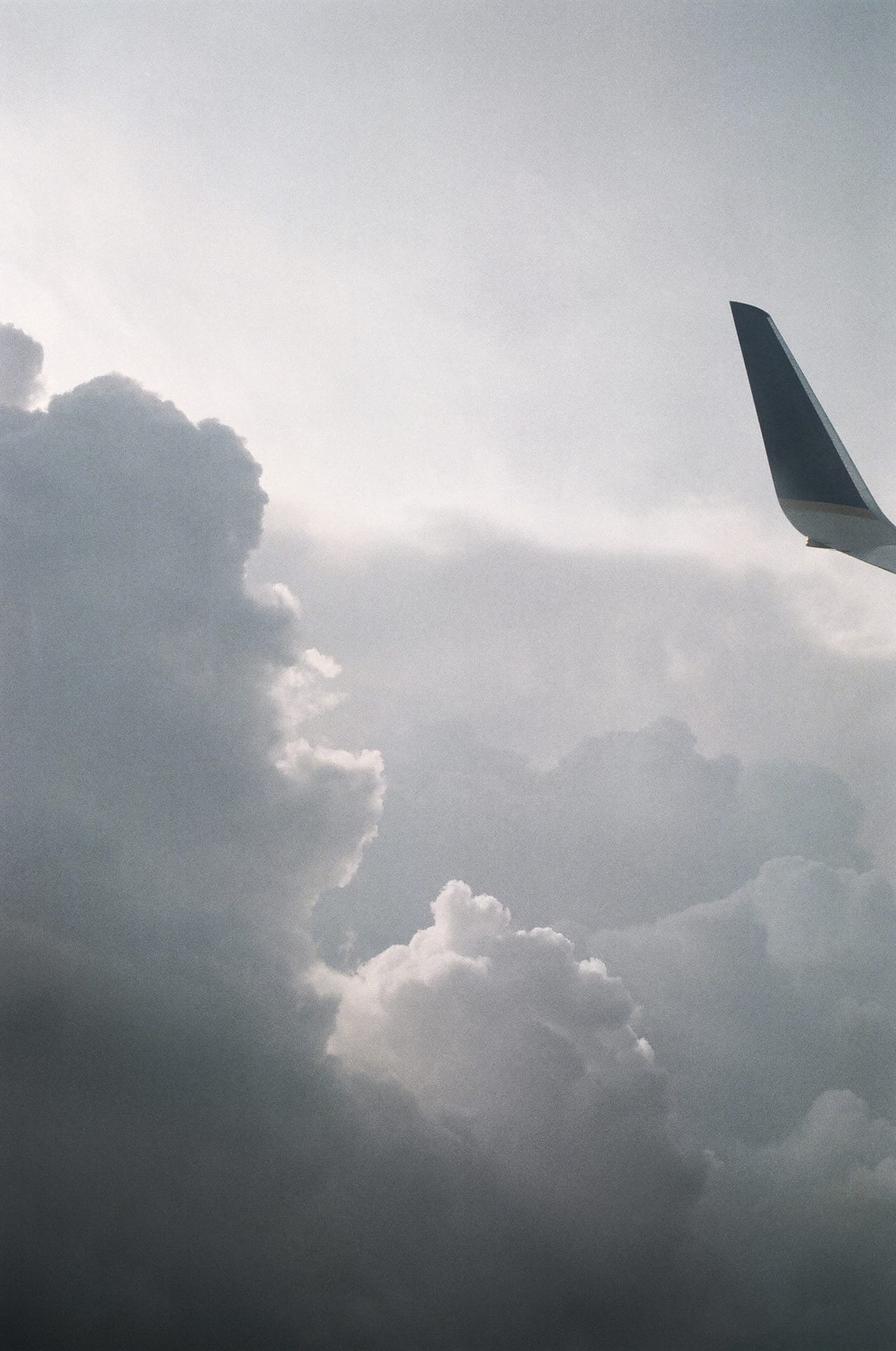
Ghost Guessed by Tom Griggs and Paul Kwiatkowski
Published by Mesa Estandar
Nominated by Mariela Sancari, photographer
Ghost Guessed is an inquisitive study into the idea of loss and absence through death, and how we now process those memories and emotions in the increasingly digitised day-to-day consumption of information and images. Griggs and Kwiatkowski use text and photography, some archival, to draw our attention back to events such as the disappearance of the Malaysia Airlines flight MH370 in March 2014, and the mysterious plane accident in 2009, where pilot Andrew Lindberg’s body and wreckage were found in White Earth State Forest in Minnesota.
The book is nominated by Argentinian photographer Mariela Sancari, who says it is “a fascinating and intriguing reflection of private life and memory through the use of archival photos and personal, autobiographical texts that create a parallelism between the transmutation of images in a society shaped by visual culture and the changes we experience in our own passing through life.”
She adds: “A truly remarkable accomplishment is that the book is a collaboration between two photographers, developing a personal narrative that corresponds, in different ways and times, to both their lives.”
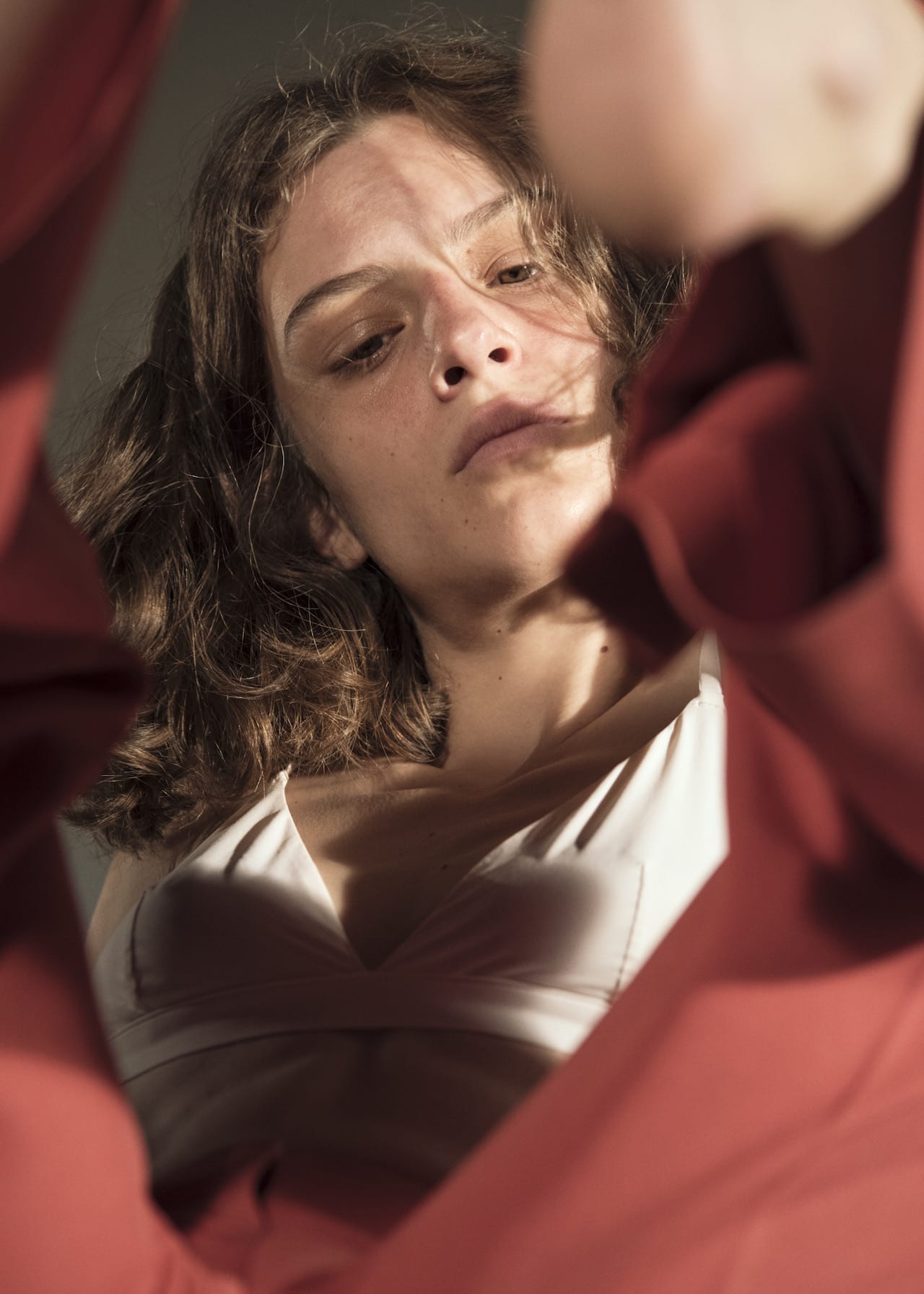
Rayon Vert by Senta Simond
Published by Kominek
Nominated by Marloes Krijnen, founder and director of Foam
According to its formal definition, rayon vert is the name given to the brief flash of green that appears just as the sun sinks into, or peeks out from the horizon, turning day to night or night to day. The moment is over in half a second, and is seen by few – an intimate idea that Senta Simond has used as inspiration, along with the 1986 Eric Rohmer film of the same title, for her new photobook. There is no storytelling narrative here but a collection of portraits and ambiguous poses of Simond’s friends, with whom she shares an understanding that goes further than a platonic and ephemeral relationship between photographer and model.
Published by Kominek, Simond’s project first featured in BJP‘s June issue this year, when the Swiss photographer was pegged as one of BJP‘s Ones To Watch. She has also caught the eye of Marloes Krijnen, who says her attention was “immediately grabbed” on seeing the book for the first time.
“The spare yet intimate portraits of young women willing to expose themselves to the camera in such a sincere way can’t be read as anything other than a democratic communication between the sitter and the photographer,” says Krijnen. “For me, the book is a subtle and successful attempt to reclaim sensuality and intimacy. It is a true celebration of the female gaze.”
Read BJP’s interview with Senta Simond here:
www.1854.photography/2018/08/senta-simond-rayon-vert
